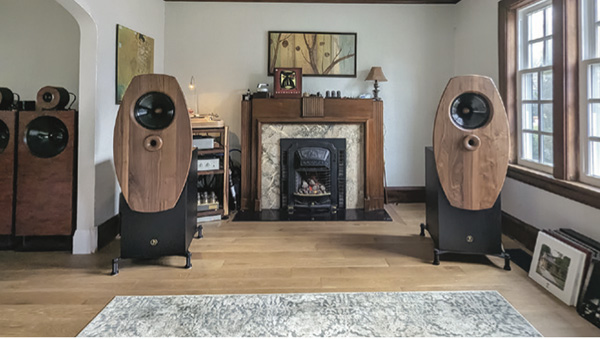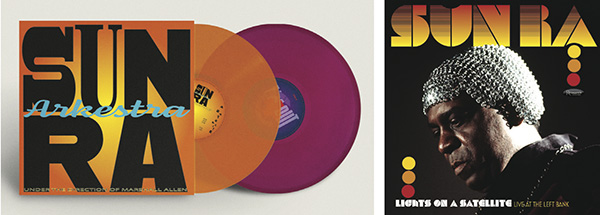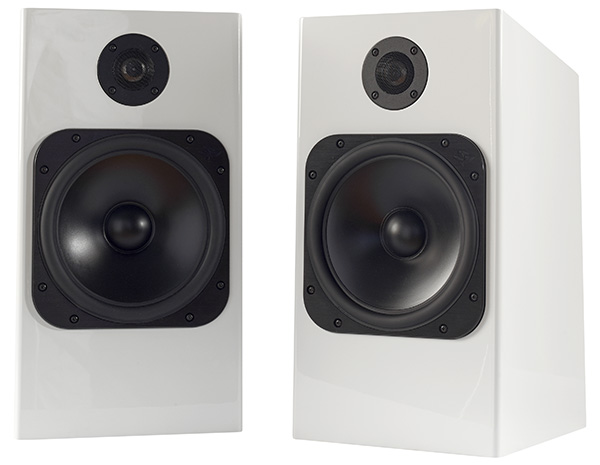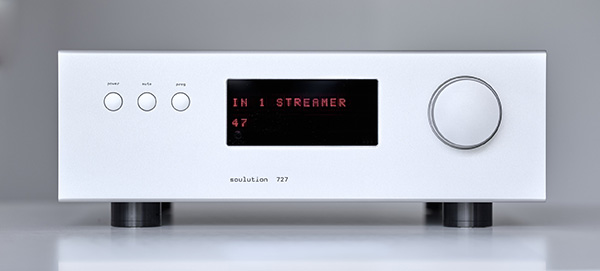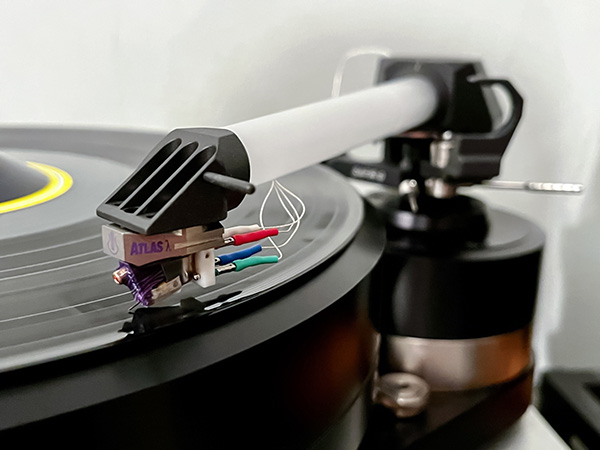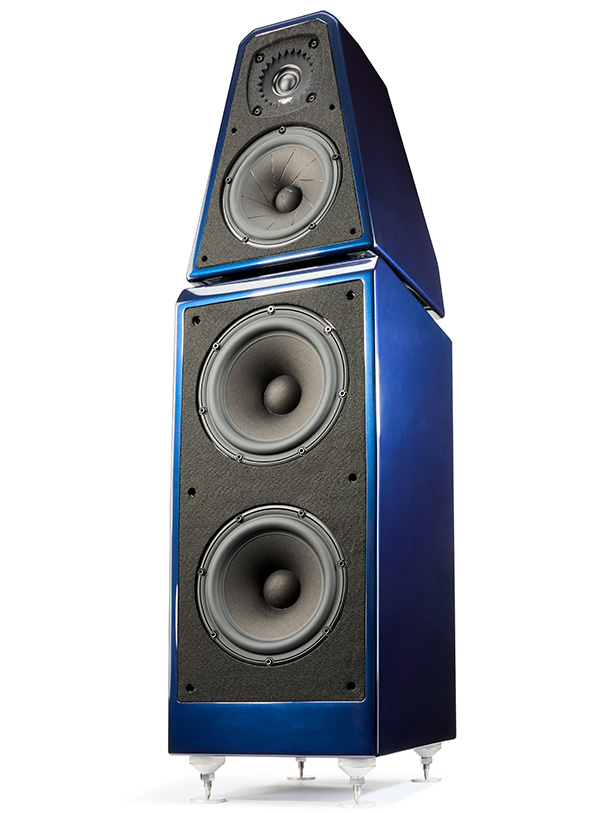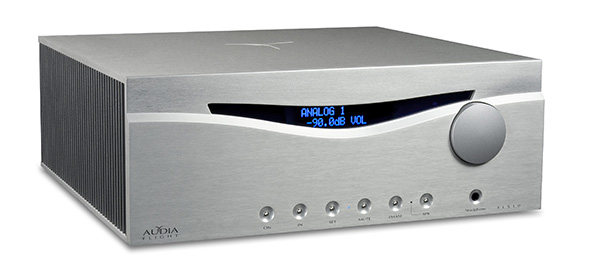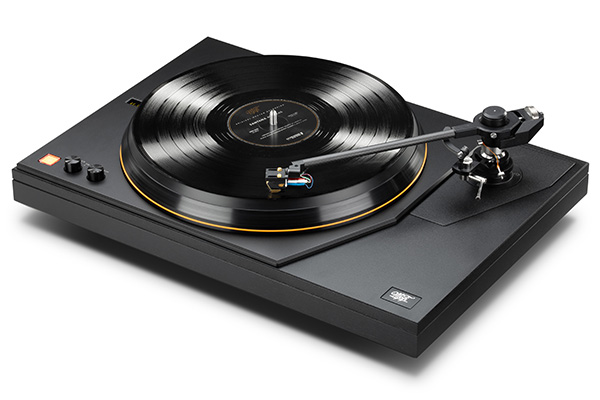Planet of Sound: Harnessing that Magic Pixies Dust
If there's one word that best describes the sound of the Boston-bred alt-rock quartet known as Pixies, it has to be "dynamics." It's a musical milieu Pixies have deftly presented for 37 years and counting, right from the outset of the sinister janglefest known as "Caribou," the opening track on their inaugural September 1987 EP on 4AD, Come On Pilgrim.
From there, short, sanguine, sweet, succinctly titled songs like "Debaser," "Velouria," "Monkey Gone to Heaven," "Gigantic," "Here Comes Your Man," "Gouge Away," and "Where Is My Mind?" have all served to cement the bedrock of Pixies' planet of sound. Chief Pixies songwriter and vocalist/guitarist Black Francisborn Charles Thompsonrecently described it in an interview for Stereophile as this: "Let's be quiet. Now, let's be loud. Let's be whispering. Now, let's be explosive." That's a precise four-sentence descriptor not only of their entire prior CV but also of Pixies' latest, and ninth studio album, the forebodingly titled The Night the Zombies Came, which was released by BMG in October 2024.


